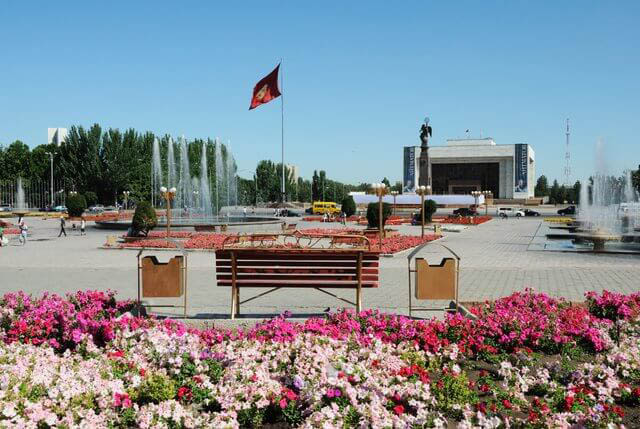Cheap flights ➔ Bishkek
If you're looking for cheap flights to Bishkek you have reached your destination! Your journey to Bishkek and Kyrgyzstan starts here - where we select and display the best offers of direct flights, low-cost connections from hundreds of airlines and partner agencies.
FRU is the short code of the city. On this page, you can check out the best flight ticket deals to Bishkek. Click on a deal to make a search and view the updated sale price.
Airports near Bishkek
Closest airports to Bishkek are Bishkek FRU (KG) , Tamchy IKU (KG) (188 km), Almaty ALA (KZ) (210 km), Taraz DMB (KZ) (253 km), Osh OSS (KG) (306 km).
Direct flights to Bishkek
Meteo: Bishkek FRU

Georgiyevka
Partly Cloudy
19℃
Feels like
19°
Wind
5.4 km/h
Humidity
45%
Visibility
10.0 km
Thursday
25 April
25 April
14°
Moderate rain
Wind: 31.0 km/h
Friday
26 April
26 April
13°
Patchy rain nearby
Wind: 17.3 km/h
Saturday
27 April
27 April
10°
Patchy rain nearby
Wind: 15.5 km/h

Hotels
| Bishkek
Airlines flying
to Bishkek



